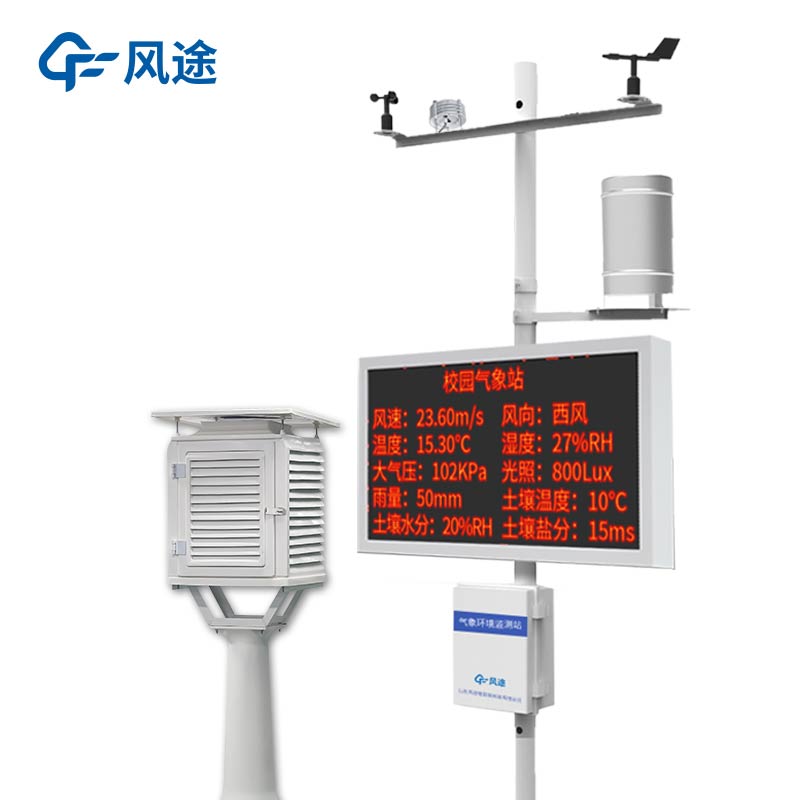Meteorological environment monitoring equipment supplier
Insist on doing high-precision customer favorite technology products
In the face of hundreds of thousands of primary and secondary schools across the country, it is impossible to achieve full coverage of science publicity in every school with limited resources and manpower alone. Therefore, there is a need to adopt a more efficient and wider approach to popularise meteorological knowledge.
One effective strategy is to set up science corridors in areas with a high concentration of schools to display meteorological science knowledge. Meteorological observation stations can be opened regularly and teachers and students can be invited to visit them, so that they can have a closer look at the whole process of meteorological observation.
During the visit, students can be allowed to participate in meteorological observation in person and experience the fun of observation. At the same time, they can be introduced to the equipment and principles of artificial weather influence to enhance their knowledge of meteorological science and technology.
Some illustrated and easy-to-understand meteorological science books can be produced and distributed free of charge to teachers and students to help them better understand meteorological knowledge. Teachers and students can also be organised to visit meteorological stations to learn about the production process of weather forecasts and unveil the mystery of weather forecasts.
Through the establishment of science corridors, opening up of weather stations, production of popular science books and organisation of visits, more students can be brought into contact with and learn about meteorological knowledge, and their interest in meteorological science can be aroused, thus popularising meteorological scientific knowledge on a wider scale.
The Campus Weather Station is a multi-parameter monitoring device that can measure basic meteorological elements such as temperature, humidity, wind speed and wind direction, and also monitor air quality indicators such as carbon dioxide, PM2.5 and PM10. Schools can select the meteorological elements to be monitored according to their environmental characteristics and teaching needs for personalised customisation.
